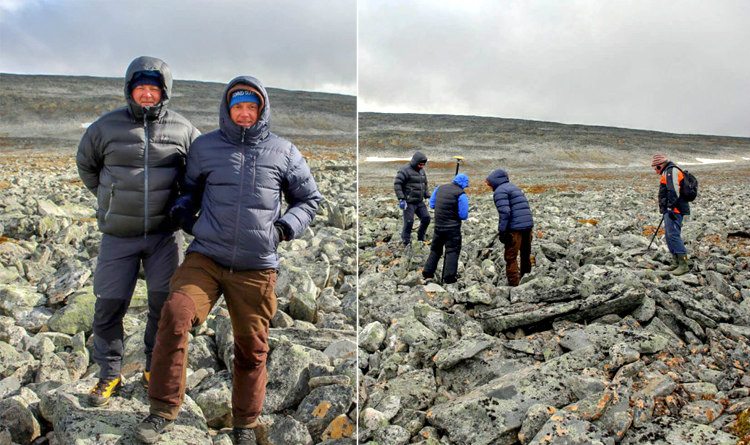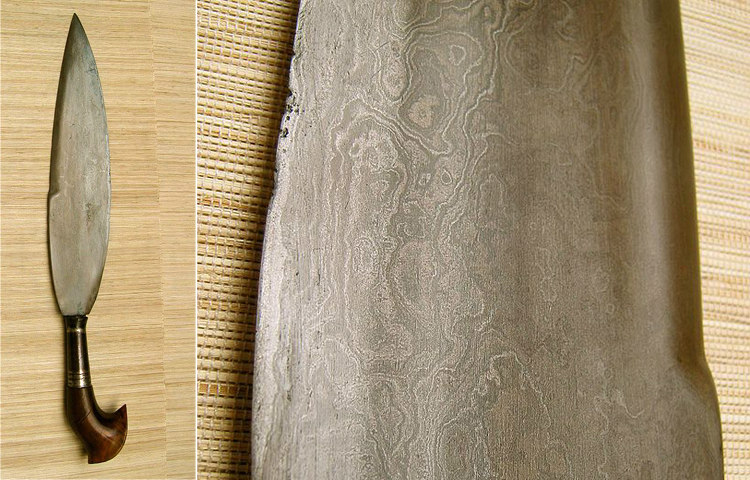The Viking sword was found by Einar Åmbakk, a reindeer hunter, on top of a remote mountain in southern Norway at 1,640 meters (5,381 feet) above sea level. The sword dates back to circa 840-950 CE.
Åmbakk found the sword in a scree-covered area with its hilt buried between a few stones and half of its blade sticking up. Though there are traces of permafrost movement in the area, experts from Oppland’s Glacier Archaeology Program, a collaboration between Oppland County Council and University of Oslo’s Museum of Cultural History, believe it unlikely that the sword reappeared because of the movement as there were no scratches or bends on the sword. This meant that the sword was probably found in its original position or has slid only slightly.
Following the discovery, a team went to the location to look for further finds, but none were found. Archaeologists believe they cannot come up with a plausible explanation why the sword was in such an isolated and high altitude location.

The survey conducted by the archaeology experts covered a distance of 20 meters from the spot where the sword was found. Not only did they not find anything associated with the sword, but there was also no indication of any burial or sacrifice. It seemed unlikely that it was simply lost or left there and was not recovered. One suggestion was that whoever left the sword there must have found himself lost, perhaps in a snow blizzard. As no remains were found nearby, the experts hoped that if the Viking died a couple of hundred meters further east where there are ice patches, they could have had their first Norwegian Ötzi.
Viking swords were made of a state-of-the-art metal known as “crucible steel” which has very little slag and a high carbon content. The metal quality is astonishing to archaeologists as it required technology and temperatures that weren’t possible until 800 years later.

It is believed the Vikings obtained the crucible steel from the Central and South Asia via the trade route that connected Scandinavia and northern Iran. One way of removing slag from ore is to pound it out, though it is not very effective. To get pure iron, modern metalworkers melt the ore at 3,000oF (1,650oC) and add carbon to increase its strength. Among the many Viking swords found by archaeologists, over 170 of them were made of crucible steel by Ulfberht using a technique known as pattern-welding. Damascus steel is a similar metal that was made in India during the Middle Ages.
Surprisingly, the sword is remarkably well-preserved except for some rust on the surface and the organic handle that disintegrated. High-quality iron, cold conditions, and low humidity are believed to have been the reason.
According to Lars Pilø, the editor of Secrets of Ice, this wasn’t the first time a well-preserved, iron-made weapon was found. As the glaciers and ice patches recede due to climate change, more and more artifacts are being found in Oppland County. More than half of them, including isolated finds of well-preserved iron arrowheads, date as far back as 6,000 years. Two years ago, hiker Goran Olsen found a Viking sword made circa 750 CE in the Norwegian mountain village of Haukeli, around 150 miles from Oslo.
[sources: SecretsoftheIce, NationalGeographic, History]
[sources: SecretsoftheIce, NationalGeographic, History]










No comments:
Post a Comment